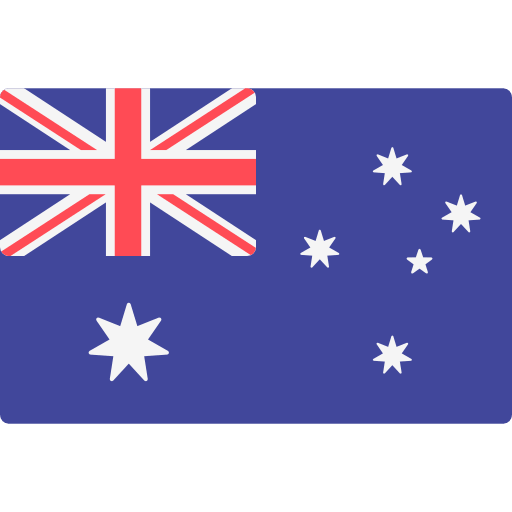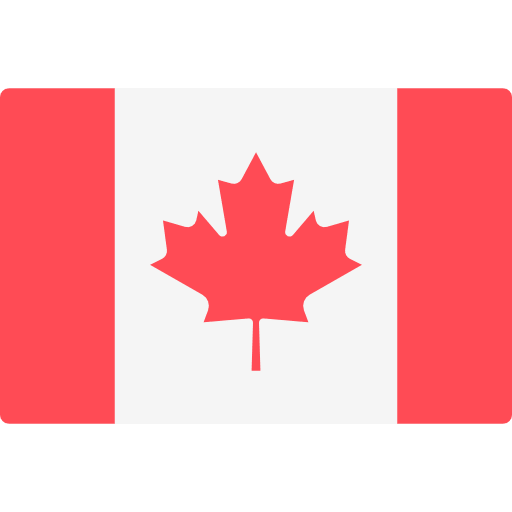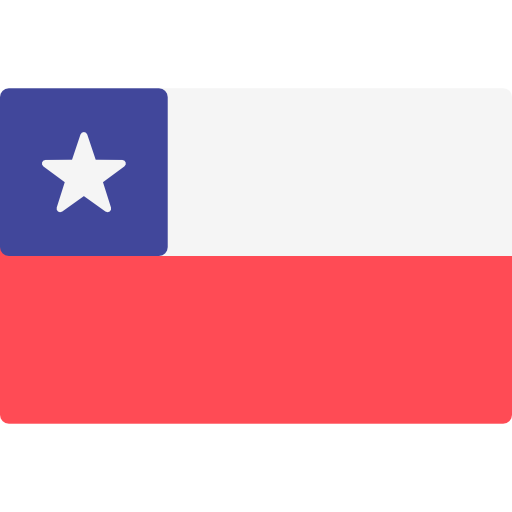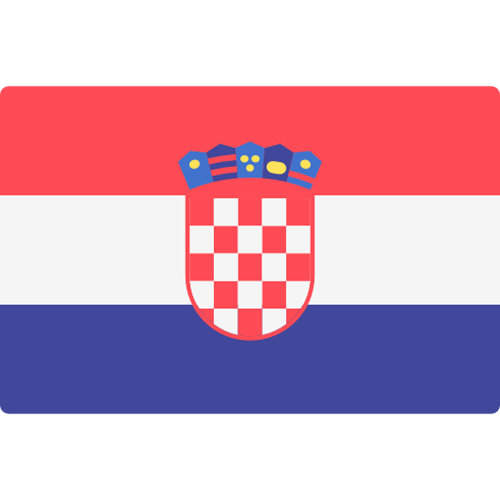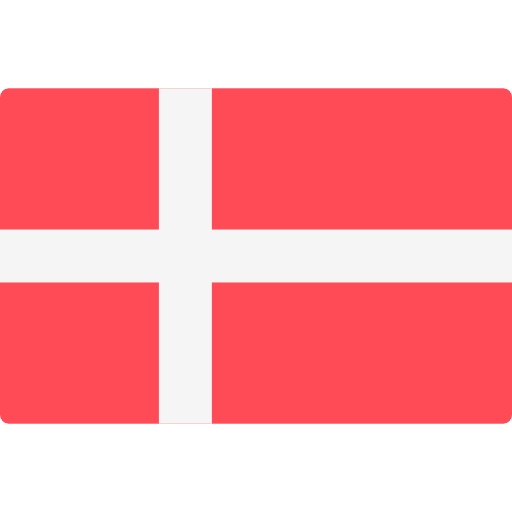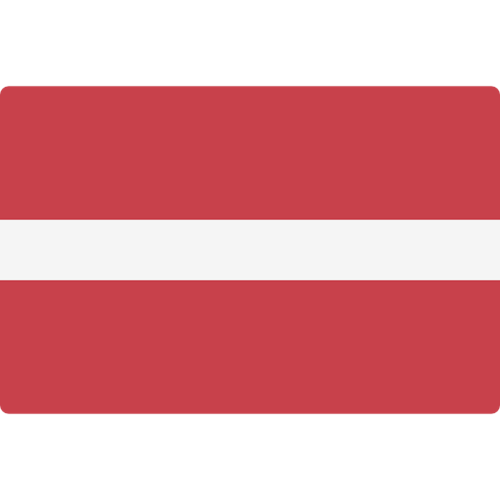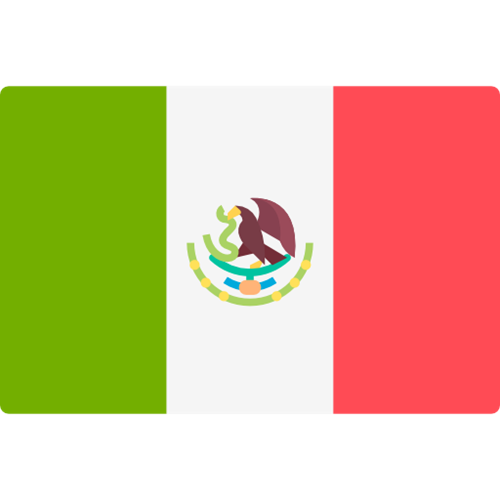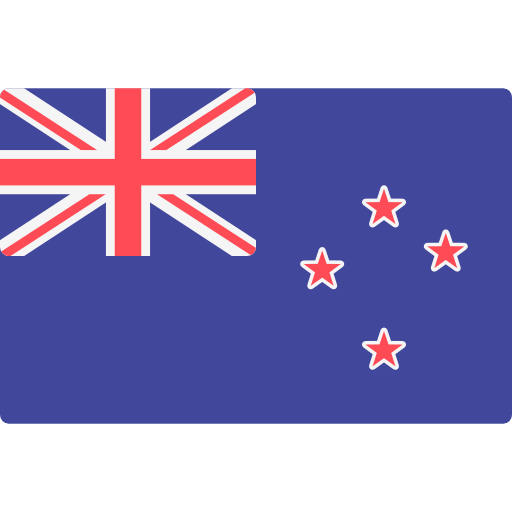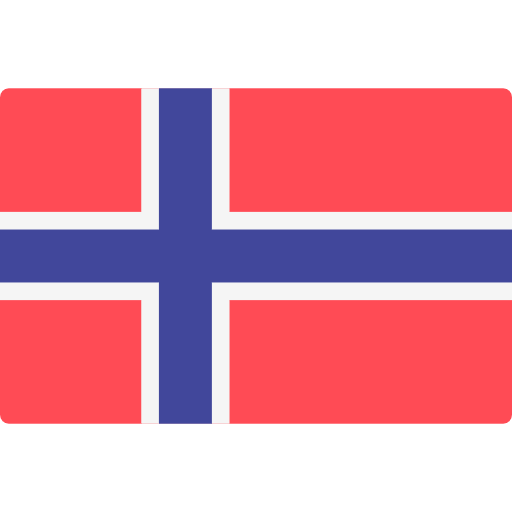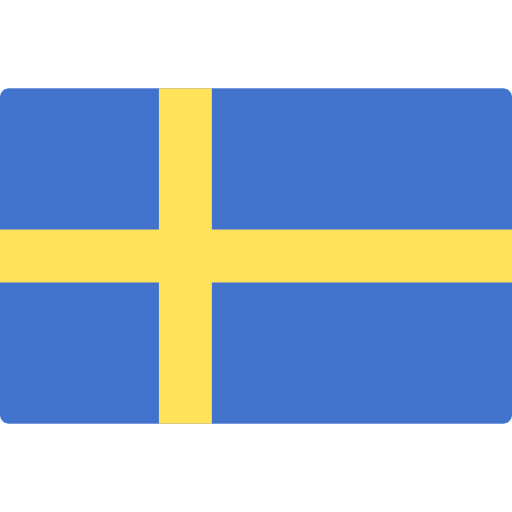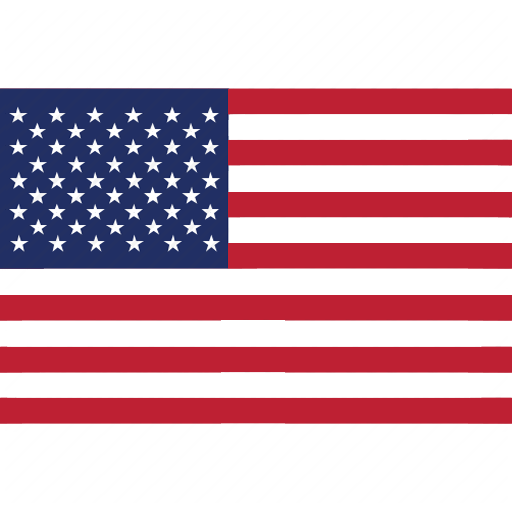A Quick Overview of the Proposed EU Toy Safety Regulation
Assembling safety and quality in all toys and hardgoods
First published::
March 2025
The European Union (EU) has proposed the Toy Safety Regulation to enhance the protection of children from hazardous toys. This regulation will replace the existing Directive 2009/48/EC (also known as the Toy Safety Directive).
This article provides a quick overview of the proposed EU Toy Safety Regulation.
Disclaimer: The contents of this article may be subject to change throughout the legislative process, and the final version of the EU Toy Safety Regulation may differ from the details provided here.
Overview of the Proposed Toy Safety Regulation
The European Commission proposed revising EU toy safety legislation in 2023 by introducing a new regulation to replace the Toy Safety Directive. This revision aims to ensure a higher level of child protection, particularly against the most harmful substances, while responding to new developments in toy design, consumer purchasing habits, and digital technologies.
Both the European Council and the European Parliament have already adopted their positions on this regulation (currently under trilogue negotiations), demonstrating a strong commitment to updating safety protocols in the highly regulated toy sector to further protect children.
Main Changes of the Proposed Toy Safety Regulation Compared with the Toy Safety Directive
- Change from Directive to Regulation:
The proposed Toy Safety Regulation represents a significant shift from a directive to a regulation, ensuring that the rules are directly applicable and enforceable across all EU member states without requiring national legislation. - New scope and exemption:
The new scope now includes catapults and slings (which were excluded under the Toy Safety Directive), while paintball equipment, ordinary reading books, and ordinary educational books are newly exempted. - New requirements for Economic Operators obligations:
The proposed regulation introduces enhanced obligations and accountability measures, clarifying responsibilities for manufacturers, importers, and distributors to ensure compliance with stringent safety requirements. Economic operators must also comply with the General Product Safety Regulation (GPSR), which came into effect in December 2024, particularly for online sales, accident reporting, and consumer rights to information and remedy.
Additionally, obligations for providers of online market places and fulfilment service providers are included.
For more information about GPSR, please read our article EU Regulation on General Product Safety – Meeting the New Requirements. - Expanded ban on additional harmful chemicals:
The proposed regulation extends prohibitions on several hazardous substances, such as bioaccumulative and toxic chemicals, PFAS, Bisphenols, CMR (carcinogenic, mutagenic, or toxic for reproduction) substances, and heavy metals like cadmium (Cd), chromium VI (Cr(VI)), lead (Pb), and mercury (Hg).
For allergenic fragrances, the new regulation tightens restrictions. Under the Toy Safety Directive, 58 allergenic fragrances were prohibited unless technically unavoidable and below 100 mg/kg. Under the proposed Toy Safety Regulation, 59 allergenic fragrances are prohibited unless technically unavoidable and below 10 mg/kg.
For fragrances subject to specific labelling requirements, the list is increased to 71 substances and should be labelled if the concentration exceeds 10 mg/kg. This information would also need to be included in the Digital Product Passport. - Expanded scope for Appendix C:
The new regulation proposes applying Appendix C requirements in the current TSD to all toys, whereas the Toy Safety Directive limits these only to toys intended for children under 36 months or those designed to be placed in the mouth. However, the European Parliament and Council are still negotiating substance limits. - New labelling requirements:
The proposed regulation introduces minimum size, visibility, and legibility requirements for warnings. All warnings must be preceded by the word "Warning" or feature a generic pictogram* (at least 10 mm in size, with a black triangle, yellow background, and black exclamation mark). Labels must also provide access to the Digital Product Passport (DPP) via a data carries (assume QR code) and include manufacturers' publicly available communication channels for consumers to report safety concerns or accidents.
*Example of a generic pictogram:
- Introduction of the Digital Product Passport (DPP):
The DPP will replace the EU declaration of conformity (DoC) and will be mandatory for all toys sold in the EU under the proposed regulation. Each toy model must have a DPP confirming compliance with the regulation, accessible via a data carrier (e.g., QR code) in the relevant EU language(s), and available for 10 years. The data carrier must be physically present on the toy, its label, packaging, or accompanying documentation to ensure visibility before purchase.
Even if the current proposal does not include sustainability-related information inside the toys DPP, but only requirements related to the safety of the toy, the European Council position indicates that it is expected that the Ecodesign for Sustainable Products Regulation (ESPR) might include toys within its scope in the medium term. This would mean that, it should be possible in the future to include more precise information in the toys DPP related to environmental sustainability. - New safety assessment requirements:
Manufacturers must evaluate chemical exposure risks, including combined exposure to different chemicals in toys, in line with obligations under the REACH Regulation (EC) No 1907/2006.
Additionally, assessments must address health risks posed by digitally connected toys, incorporating mental health considerations. Toys using artificial intelligence (AI) must comply with the Artificial Intelligence Act, including adherence to cybersecurity, personal data protection, and privacy requirements. - Updates to EN 71 series (main changes are listed below):
- EN 71-1: Expanded materials and soaking tests to align with international standards; added clauses for food imitation toys and microwavable toys
- EN 71-2/A1: Introduced new definitions linked to EN 71-13; clarified requirements for highly flammable/flammable liquids in chemical toys; updated test methods for washing of disguise costumes; added a new appendix on risk assessment for disguise costumes and head-worn toys
- EN 71-3/A2: Removed the dewaxing procedure; categorised slime according to TS 17973 (tested as CAT I or CAT II); allowed CrIII and CrVI conformity determination via total Cr measurement (same for organotin substances)
- EN 71-4: Revised test methods for container closures
- EN 71-5: Added “slime kits” with requirements for chemicals, marking, and safety rules
- EN 71-7: Introduced new requirements for booster substances (preservatives); revised annexes for commonly used substances like colourants and preservatives
- EN 71-8: Included inflatable toys in the scope
- EN 71-13/A2: Added new requirements for closing systems of recipients; reviewed marking/labelling requirements for olfactory board games, cosmetic kits, and gustative games
- EN 71-14: Slight revisions on marking, warnings, and falling and crushing hazards
- EN 71-15 to EN 71-19: Introduced new standards to support the requirements of Appendix C of the Toy Safety Directive, addressing Formamide, flame retardants (TCEP, TCPP, TDCP), Isothiazolinones (MIT, BIT, CIT), Phenol, and BPA
- EN 71-1: Expanded materials and soaking tests to align with international standards; added clauses for food imitation toys and microwavable toys
How Can Toy Brands, Manufacturers, and Importers Prepare for the Proposed Toy Safety Regulation?
- Clarity of the proposed Toy Safety Regulation scope:
- Identify which products fall under toy/non-toy classifications
- Evaluate whether any items need to be discontinued before the regulation takes effect
- Enhanced chemical requirements:
- Prepare for Appendix C chemical restrictions to apply to all toys (currently limited to toys for children under 3 under the Toy Safety Directive)
- Address new restrictions on PFAS and CMRs, including, within others, endocrine disruptors.Assess whether current testing portfolios cover new chemical requirements to avoid compliance surprises
- Anticipate potential increases in compliance costs or look for smart chemical testing such as Eurofins Chem-ST™
- Marking and labelling changes:
- Redesign toy packaging to meet new requirements, including:
- The new graphic warning symbol
- Digital product passport carrier, such as a QR code
- Publicly available communication channels (such as telephone number, electronic address, dedicated section in website)
- Redesign toy packaging to meet new requirements, including:
- Digital Product Passport:
- Engage multiple departments, including Management, QA, Creative, and IT, for implementation
- Update all product artwork to reflect new DPP requirements under the proposed Toy Safety Regulation
- Decide whether to develop and host DPP internally or partner with an external provider
- Ensure supply chain visibility, extending beyond Tier 1 to Tier 3/4/5 if necessary
- Consider potential overlaps with other DPP categories, such as batteries
- Consider future needs to include environmental and sustainability information in the toys DPP under ESPR framework
- New focus on sustainability:
- Align with the EU’s Ecodesign for Sustainable Products Regulation and DPP sustainability expectations. Download our eBook
- Verify that all sustainability claims are accurate and measurable, in line with the Green Claims Directive
- Maintain complete BOMs and deep supply chain visibility to ensure compliance
- Monitor the supply chain to prevent any claims from being invalidated
The proposed EU Toy Safety Regulation introduces critical updates to ensure toy safety, enhance consumer protection, and align with digital and sustainability trends. Companies must take proactive steps to ensure full compliance before the regulation takes effect.
Master the Proposed Toy Safety Regulation: Expert Insights and Key Compliance Strategies
Watch our on-demand webinar, where experts delve into the critical aspects of the proposed Toy Safety Regulation, offering detailed explanations and practical guidance to help you navigate the upcoming changes.
What you will learn:
- An overview of the proposal for a new Toy Safety Regulation and its requirements
- Revised timelines and what they mean for your business
- Updates to key standards
- Test methods for ensuring compliance
Watch the on-demand webinar now!
Alternatively, discover how Eurofins Toy Testing Services can help!

